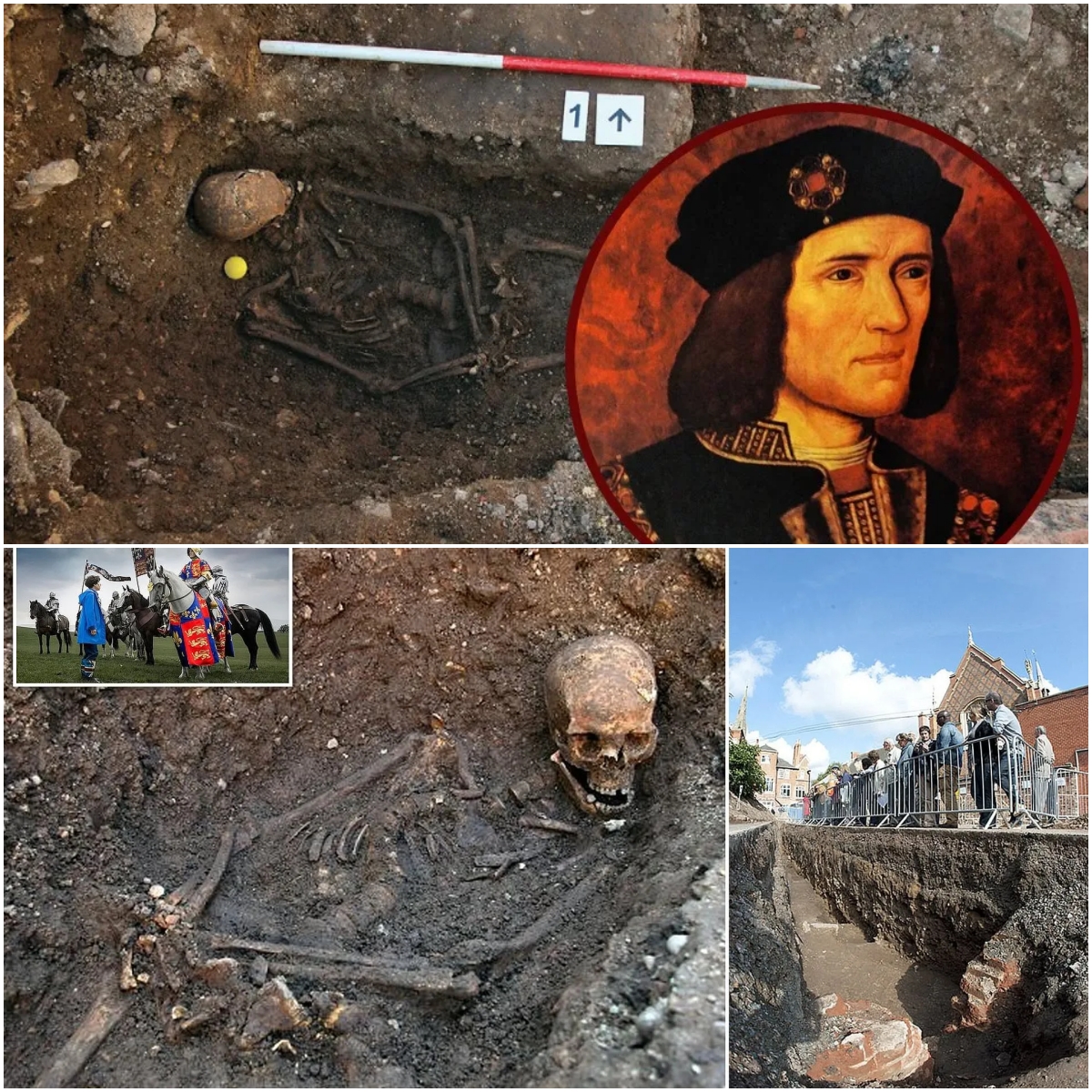Polyxena’s Sarcophagus: Troy’s 2,500-Year-Old Echo
In 1994, a team of Turkish archaeologists unearthed a discovery that shocked the academic world: the Sarcophagus of Polyxenaa 2,500-year-old funerary monument that illustrates with somber beauty one of the most heartbreaking moments in Trojan mythology. This discovery took place in Çanakkale, Türkiye, a region known historically as the heart of ancient Troy.

The sarcophagus, sculpted in white marble and decorated with reliefs of incredible detail, portrays the scene of the sacrifice of Polyxena, the daughter of King Priam. According to mythical sources, Polyxena was offered as a sacrifice after the Trojan War, an act intended to appease the spirit of Achilles and ensure the safe return of the Greeks to their homeland. On the sarcophagus panels, female figures can be seen representing the women of Troy, painfully witnessing this sacrifice that marked the end of an era.

The most intriguing thing about this discovery is its connection with local collective memory. For centuries, the locals had known the mound where the sarcophagus was located as the “Kızöldün Mound,” a name that means “The Girl Who Was Lost.” This name, passed down from generation to generation, seems to echo the tragic fate of Polixena.

The sarcophagus measures approximately 3 meters long and 1.5 meters wide, and its reliefs display remarkable artistic skill. Every detail, from the anguished expressions on the faces to the intricate folds of the clothing, suggests the hand of a master sculptor deeply familiar with the epic tales of his time. Preliminary studies indicate that the sarcophagus may have been commissioned by a noble Trojan family, possibly descendants of the survivors of the legendary city.

Since its discovery, the Polyxena Sarcophagus has been on display at the Çanakkale Museum, attracting thousands of visitors and experts from around the world. Its importance lies not only in its artistic value, but also in its ability to connect mythology with history and preserve a crucial chapter of humanity.






